We all know that more than 70% of the earth is covered by water. So, you never know when water will come into the play. As a good photographer, it is your duty to always be ready to face such situations. Make no mistake; water photography is not easy as it sounds, and interacting with water can put a photographer into an unrecoverable position. In this piece, we will talk about some of the key elements of water photography.
Water Photography Basics and Tips
Don’t think that water photography is all about capturing photos under a swimming pool or close to the sea. It is much bigger than that, and perhaps you may get opportunities to work with water unexpectedly as well. In that sense, it is important to know how you deal with wet conditions. Here are some of the tips that will definitely help your course.
Protect the Camera
Before you think about anything else, you have to consider the safety of your equipment, especially your camera. A camera is an electronic device, and they are not made to work with water! So, if you are going to shoot near water, the weight has to be put on the safety of your camera.
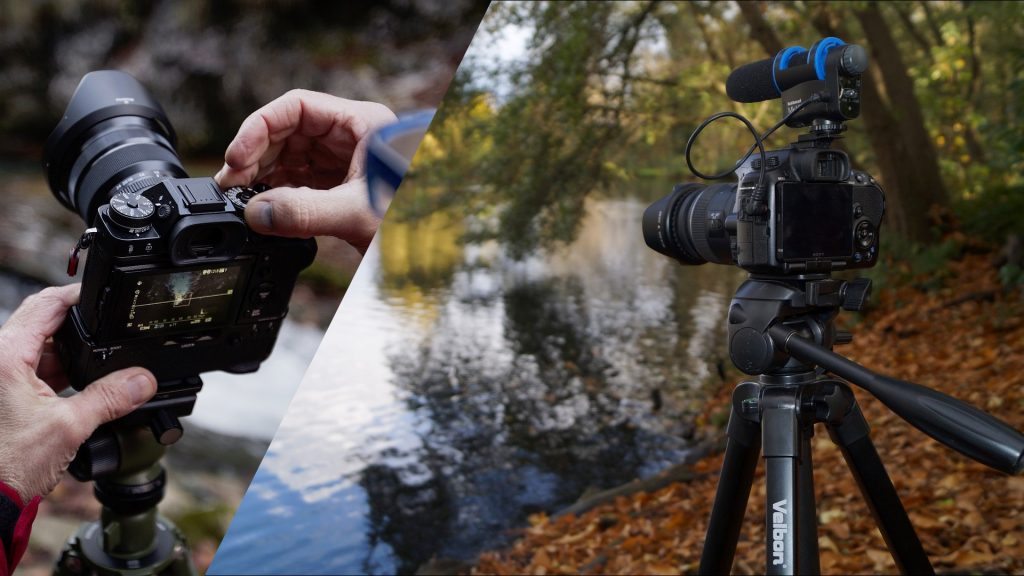
A safe way to protect your camera is to use a tripod. A tripod can help you in many ways. First of all, it will provide the camera you use with an additional layer of safety; on the other hand, it will help you with steady and stable captures.
Further, if you expect splashes or droplets, it is imperative to cover the camera with a waterproof bag or a cover. This will also come in handy to stay away from watermarks on the images that you capture.
The Shutter Speed
Ok, you are at the location of the shooting; now it’s all about how you go about shooting. If you have any sort of prior experience in water photography, then you would know that there are two types of shots with regards to water; still and moving water. You can do amazing creations with both forms of the water as far as you know how to execute the capture. That is when the speed of the shutter comes into play.
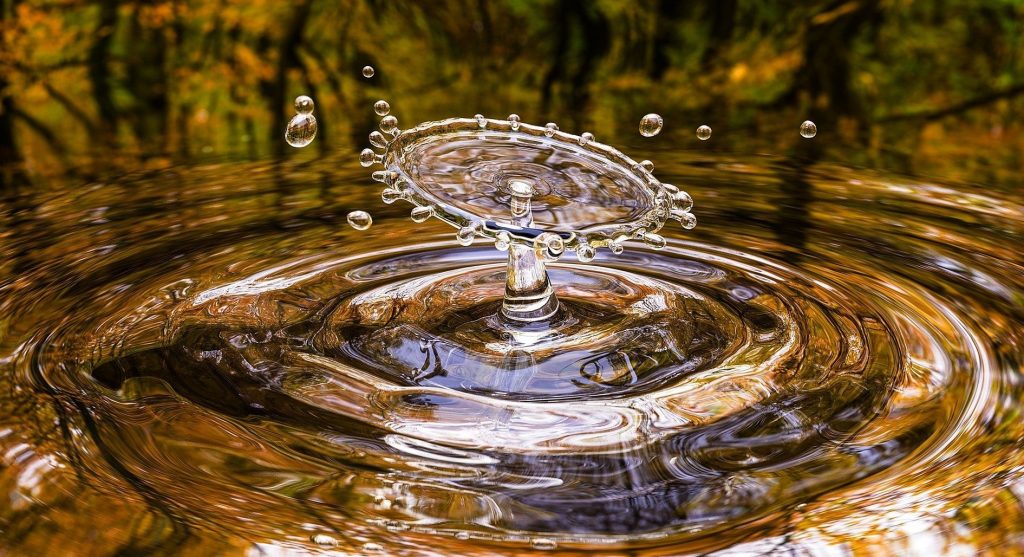
If you are completely new to the subject, shutter speed is how fast or slow your camera works when capturing a picture. Ok, let’s keep this as simple as possible. There are two ways to manipulate the shutter speed when taking pictures of the water.
If you are capturing still images of the water, it would be best to set the speed of the shutter to a faster setting. And, it works oppositely for moving water.
Surface Reflections
When it comes to surface reflections, you have to make sure that the water is calm. Otherwise, the reflection would not be efficient as you expect. The windy atmosphere also would not work in your favor when capturing water reflections. Usually, the wind in the early morning is comparatively not strong, and we would recommend you to consider that time of the day if you really want to capture the perfect water reflections.
In addition, for those who want the water reflections of specific movable objects, it would be ideal to choose small water surfaces rather than large water reservoirs. Because there will be fewer waves, and the impact of the wind won’t be that severe.
Water Capturing Against Light
Handling the sunlight is a vital fundamental of photography, and if you are facing the sun, it does require a certain amount of experience to capture the best shot. Things can be a little easy if the sun is not too strong, but the final output gets too bright when the sun is unkind for your task.
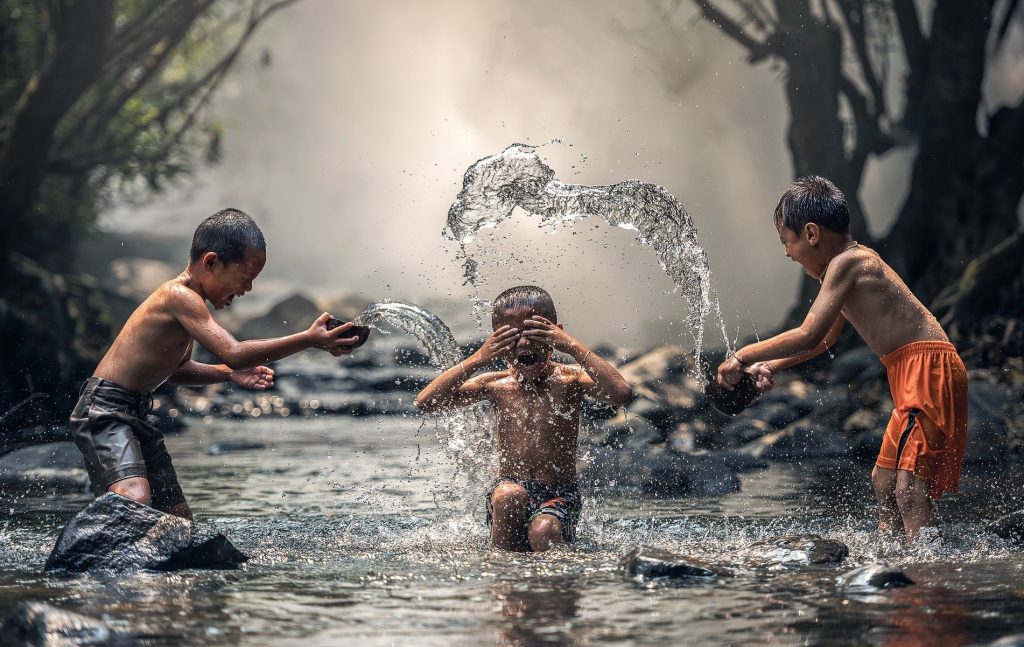
If you want solutions for this issue, we have two suggestions in our armory for you to offer. The easiest would be to take a relatively darker photo and do the necessary adjustments using your PC. In this method, you can brighten the objects of the images other than the sun for optimum results.
The second solution would be to change the settings of the brightness of the photos before you click and capture a handful of shots. If you are a person who doesn’t like editing stuff much and relies more on the efficiency of the clicks, this is the method you have to follow. Most of the contemporary cameras have exposure settings to help you with this. With this feature, your camera will capture several photos in different exposes. Yes, you can always use your computer to enhance the quality of the photos if you wish to do so.
Water Fountains



Water sceneries are beautiful, irrespective of where they are found. There are tons of breathtaking fountains in the world. If you come across such one, you would want to capture it in the best possible way to make your experience a memorable one. Here is how you do it.
Most fountains have beautifully made sculptures. These sculptures typically make the job easier for a photographer; as they help with different and comfortable angles. Also, it will be easy to deal with sunlight. In addition, you can opt for close-ups of the water as well.
Also, you would know how beautiful are the images of the fountains are captured in the nighttime. Ideally, you would need a tripod and focus more on long exposure to capture the beauty of the fountain in the night. Further, there will be no wanderers in the nighttime to disturb your focus as well as the frame of your photo.
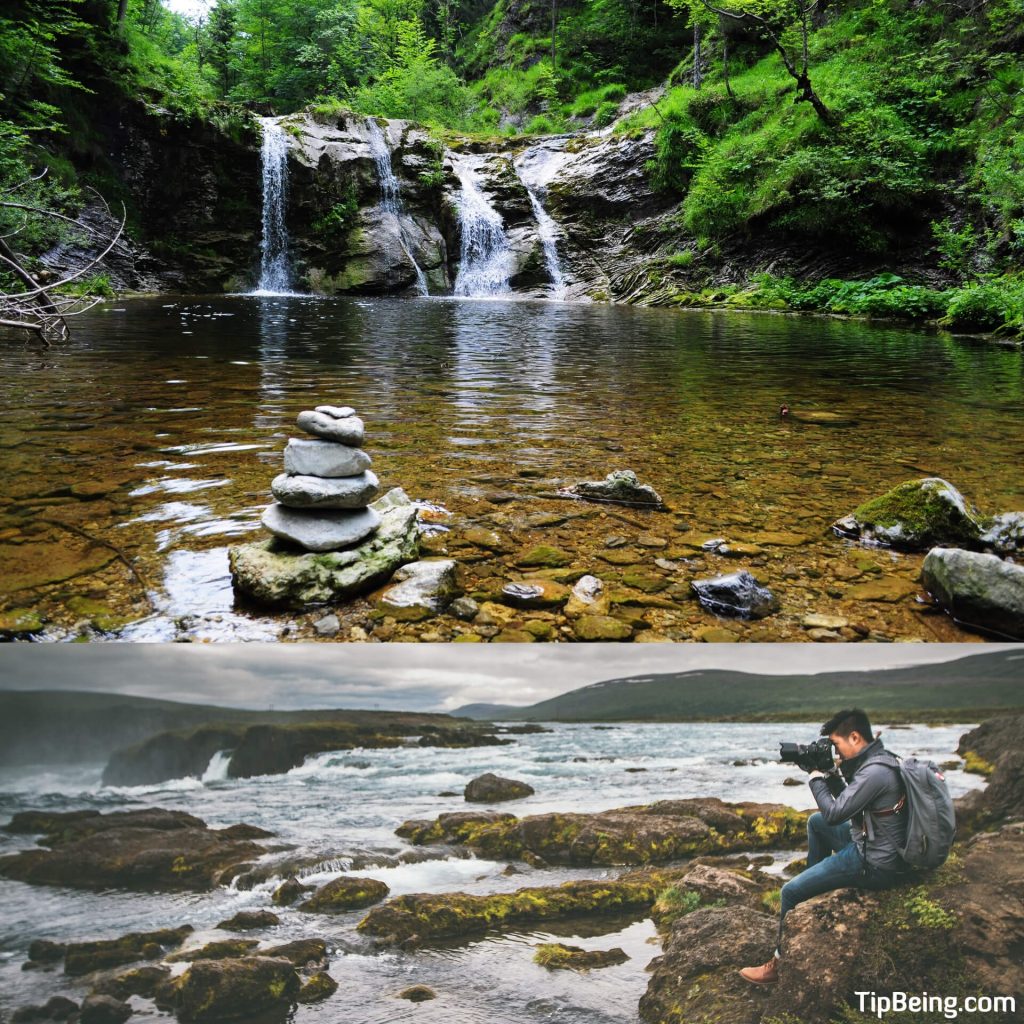
Also Read: Living in the Forest – How Practical is It?
Conclusion
Water photography is an awesome side of photography, and no wonder you have seen unbelievable water-related photos in your life. Although it comes with a certain degree of danger to the cameras, the end result of capture always satisfies the photographer. In addition, it makes the capturer feels the hassle is totally worth it. However, there is a lot to talk about this topic. And, we will bring you more content about water photography in the future. Have a great day!

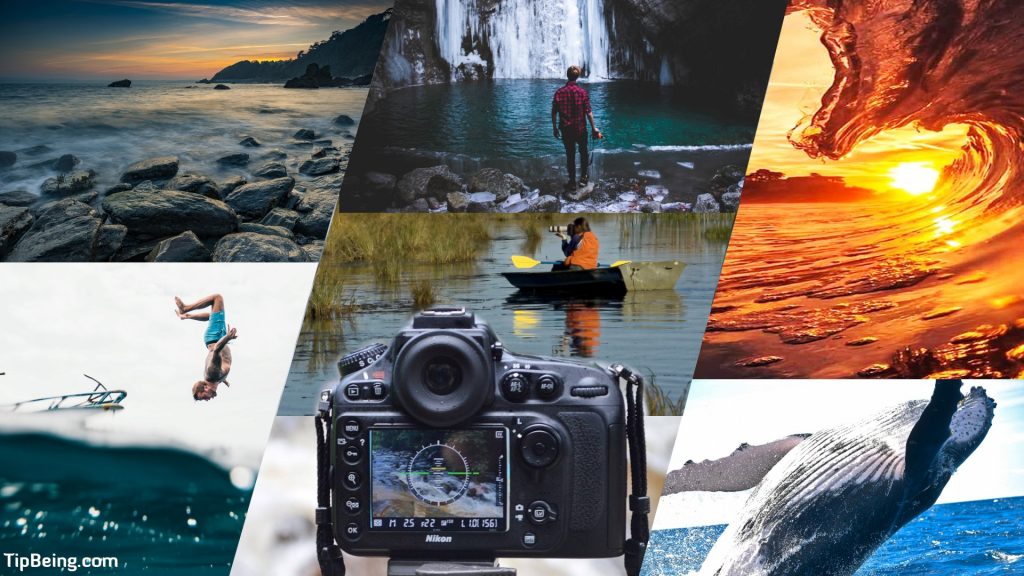
![Factors to Consider in Apartment Gardening [A Must Read for Rookies]](https://tipbeing.com/wp-content/uploads/2021/06/Factors-to-Consider-in-Apartment-Gardening-A-Must-Read-for-Rookies-150x150.jpg)






1 Comment
Pingback: Buying Guide for the Best Inflatable Water Park / Water Slides | Tip Being 2021